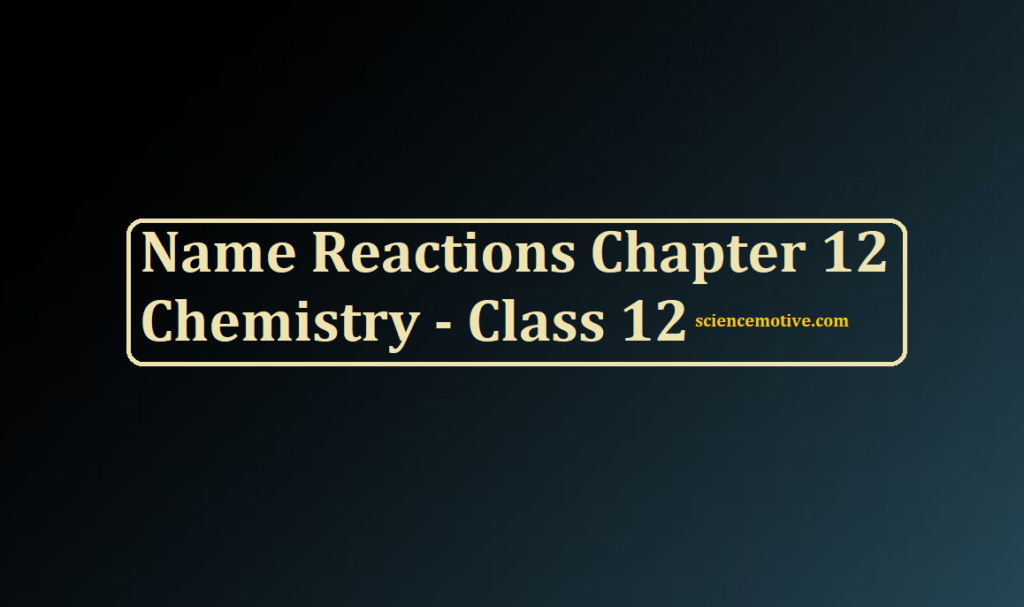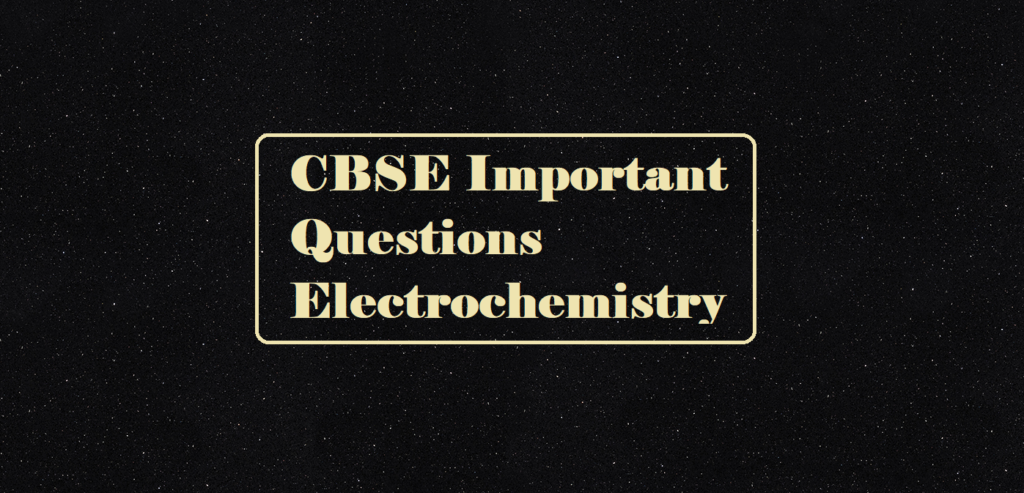Name reactions Chapter 12 Chemistry
Name Reactions Chapter 12 Chemistry
Que. Write the equations involved in the following reactions:
(i) Wolff-Kishner reduction
(ii) Etard reaction
(iii) Clemmensen reduction
(iv) Cannizzaro reaction
(v) Hell-Volhard-Zelinsky reaction
(vi) Decarboxylation reaction
(vii) Rosenmund’s reduction
(viii) Stephen reduction
(iX) Friedel-Crafts reaction
(x) Aldol condensation
(xi) Cross aldol condensation
Ans. (i)

(ii) Etard reaction

(iii) Clemmensen reduction

(iv) Cannizzaro reaction

(v) Hell-Volhard-Zelinsky reaction

(vi) Decarboxylation reaction

(vii) Rosenmund Reaction

(viii) Stephen reduction

(ix) Friedel-Crafts reaction

(x) Aldol condensation

(xi) Cross aldol condensation

Advertisement



